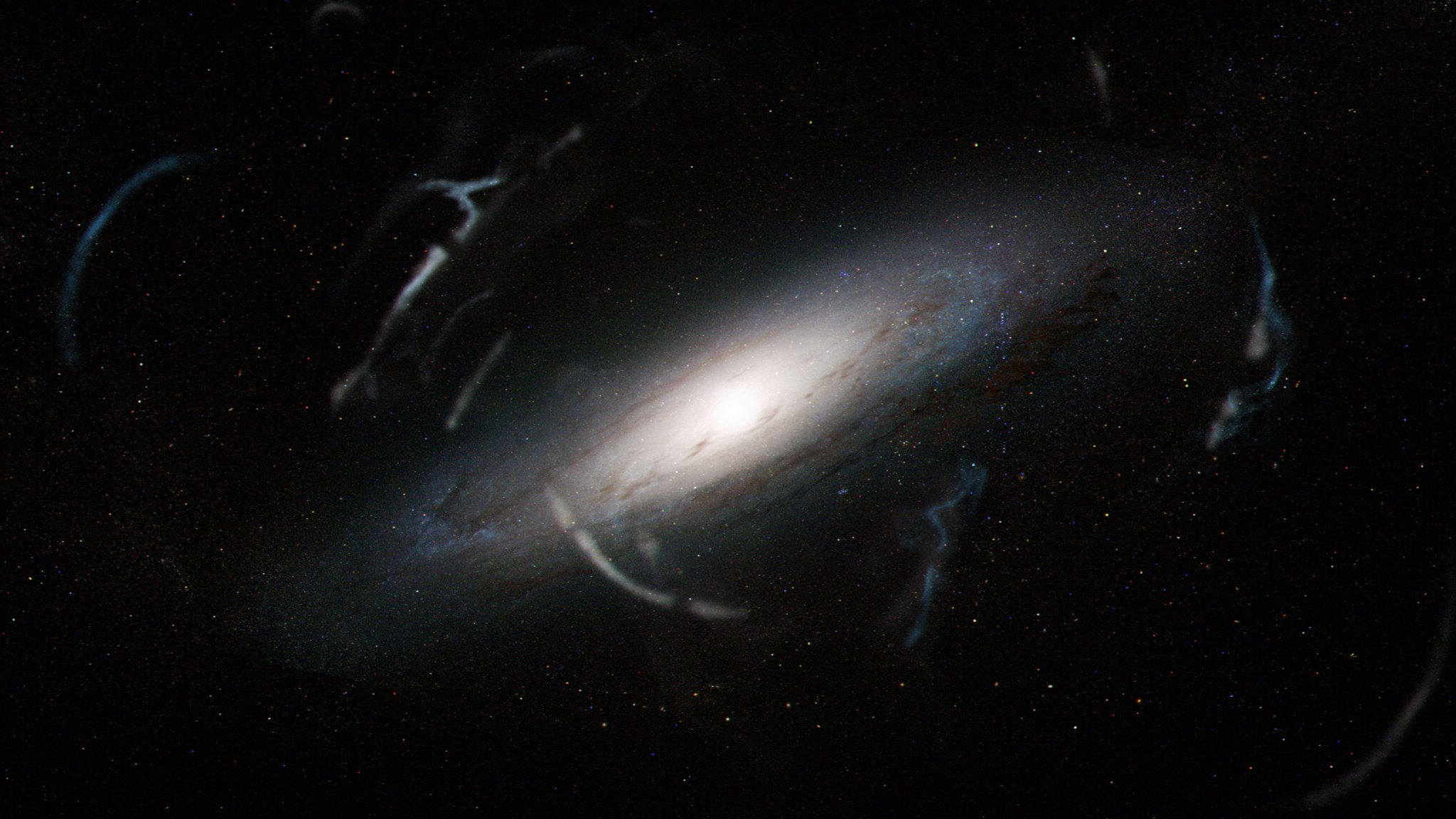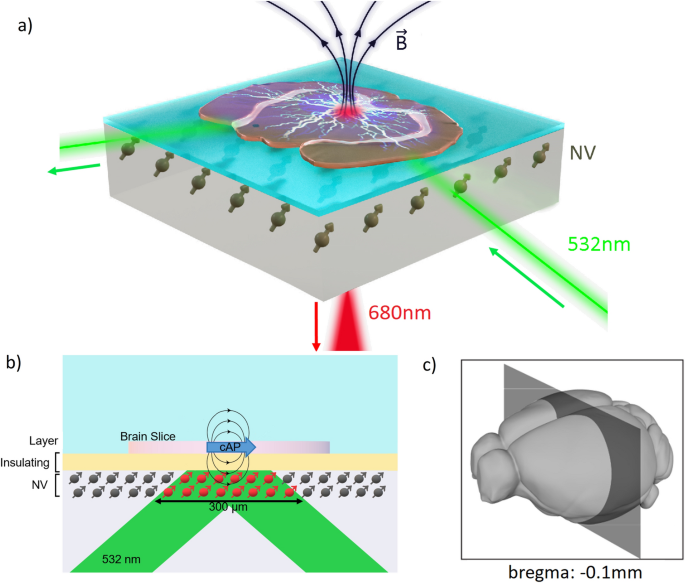2024-01-17 NASA

Credit: NASA, Joseph Olmsted (STScI)
◆特に、隣接するアンドロメダ銀河を公転する球状星団からの潮汐の流れに焦点を当てます。この手法を使用して、潮汐の流れの具体的な特性を特定し、暗黒物質の性質を理想的に決定することが目指されています。Romanは広視野装置を備え、Hubble宇宙望遠鏡の近赤外線カメラの約200倍の画像を提供し、Andromeda銀河における球状星団の潮汐の流れを初めて検出できる見込みです。暗黒物質の効果を星団の流れに見出すことで、新たな情報が得られ、物質の存在やその質量について理解が進むでしょう。
<関連情報>
- https://www.nasa.gov/missions/roman-space-telescope/nasas-roman-to-search-for-signs-of-dark-matter-clumps/
- https://arxiv.org/abs/2305.12045
ナンシー・グレース・ローマン宇宙望遠鏡による外部銀河の球状星団恒星ストリームのギャップ検出の展望 Prospects for Detecting Gaps in Globular Cluster Stellar Streams in External Galaxies with the Nancy Grace Roman Space Telescope
Christian Aganze, Sarah Pearson, Tjitske Starkenburg, Gabriella Contardo, Kathryn V. Johnston, Kiyan Tavangar, Adrian M. Price-Whelan, Adam J. Burgasser
arXiv last revised:12 Dec 2023
DOI:https://doi.org/10.48550/arXiv.2305.12045
Abstract
Stellar streams form through the tidal disruption of satellite galaxies or globular clusters orbiting a host galaxy. Globular cluster streams are exciting since they are thin (dynamically cold) and, therefore sensitive to perturbations from low-mass subhalos. Since the subhalo mass function differs depending on the dark matter composition, these gaps can provide unique constraints on dark matter models. However, current samples are limited to the Milky Way. With its large field of view, deep imaging sensitivity, and high angular resolution, the upcoming Nancy Grace Roman Space Telescope (Roman) presents a unique opportunity to increase the number of observed streams and gaps significantly. This paper presents a first exploration of the prospects for detecting gaps in streams in M31 and other nearby galaxies with resolved stars. We simulate the formation of gaps in a Palomar-5-like stream and generate mock observations of these gaps with background stars in M31 and the foreground Milky Way stellar fields. We assess Roman’s ability to detect gaps out to 10 Mpc through visual inspection and with the gap-finding tool FindTheGap. We conclude that gaps of ≈1.5 kpc in streams that are created from subhalos of masses ≥5×106M⊙ are detectable within a 2-3 Mpc volume in exposures of 1000s to 1 hour. This volume contains ≈150 galaxies, including ≈8 galaxies with luminosities >109 L⊙. Large samples of stream gaps in external galaxies will open up a new era of statistical analyses of gap characteristics in stellar streams and help constrain dark matter models.



